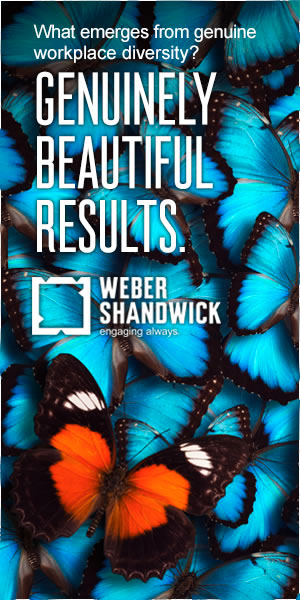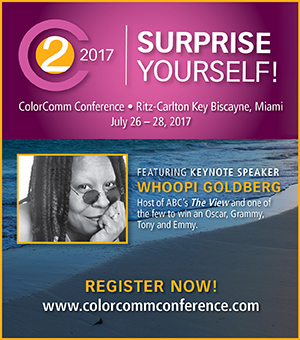As I start each semester teaching my Critical Business Skills in Communications Management class at New York University, I ask my students: “Are you prejudiced?” The students typically come from all over the world and represent numerous races, religions and economic classes. They look at each other a bit incredulous, likely wondering why I would ask such a thing. “Ok,” I continue, “Who here is biased?” Incredulous looks are replaced with nervous laughter, but still no hands are raised. And thus the first lesson begins.
We all hold biases. It doesn’t make us bad people. It makes us human. However, for most of us these biases are held unconsciously and often we think they don’t matter. For example, while you hopefully don’t judge someone by the color of their skin or ethnicity, you may view someone who graduated from your alma mater more favorably than others in a job interview. No harm in that, right? After all it’s probably a great school and who better to judge that than you? But can that be exclusionary to job candidates from other schools, including those that tend to attract more diverse populations? Experts say yes, it can.
Unconscious biases can have a profound impact on how we interact with each other, especially in today’s hyperactive political environment. We hear talk of “bubbles” and social media keeping us in silos where we engage only with those who think, act and typically look like us
But bubbles are not a new phenomenon that we can blame on social media or even millennials. They have existed for generations and reach far beyond social circles. And in business they are at the heart of the challenges senior leaders face in trying to create corporate cultures that are driven by a sense of diversity and inclusion.
Professor David Dozier of San Diego State University wrote in the book A Manager’s Guide to Excellence in Public Relations and Communications Management, that “diversity helps organizations to stay in touch with what’s going on outside the organization. Senior managers in organizations tend to become isolated from outside changes. They are surrounded by people just like themselves. Such dominant coalitions develop their own systems of codes to make sense of the world outside, a private language that further insulates them from reality.”
But with unconscious bias so prevalent, how do we get to true inclusion? We need to start by acknowledging that unconscious biases exist, and be willing to recognize these biases in our own thoughts and actions.
So let’s go back to my classroom at NYU. Once the nervous laughter that resulted from asking the students if they were biased dies down, I tell the class we are going to take our first test. This usually makes them really uncomfortable and maybe a bit angry. “Don’t worry,” I assure them, “This won’t be graded and there are no wrong or right answers.” They take out their laptops and we all log on to a web site called Project Implicit. Project Implicit is a non-profit, online project created by researchers from Harvard University, the University of Virginia and the University of Washington. It provides a virtual laboratory to help uncover hidden biases.
Through a series of fast-paced “tests” the site has you determine things you think are good or evil, or happy or sad, or other choices based on a series of juxtaposed photos, such as an old man and an athletic teenager. The tests – there are thirteen of them – allow you to examine biases ranging from gender to disabilities to weight. Being slightly overweight myself I typically opt to take the test that has you distinguish between faces of people who are obese versus people who are thin, and assign emotions to each image. No matter how hard I try to game the system, the results invariably come back to tell me I have an implied bias against overweight people.
I’m always surprised by my results, but so is the rest of the class when they get theirs. This sparks a meaningful dialogue around what we as communicators can do to ensure that diversity and inclusion are key parts of a company’s decision-making process and strategy. We see some of this happening in leading organizations today, such as the “blind” reading of resumes to ensure that foreign last names don’t impact the initial decision of who gets a job interview.
But still, more has to be done. Dialogues around unconscious bias must exist not just in the classroom but in the boardroom, too. Only then will we be on the path toward true diversity and inclusion, and a better and more profitable world for everyone.


